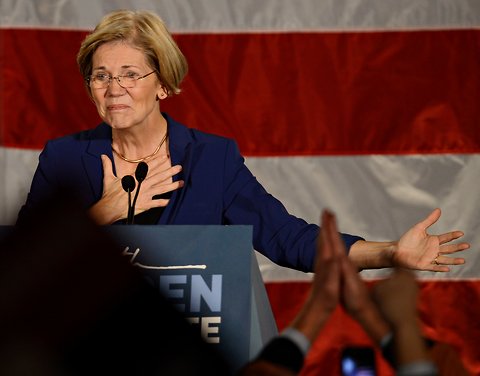
Simon Johnson, former chief economist of the International Monetary Fund, is the Ronald A. Kurtz Professor of Entrepreneurship at the M.I.T. Sloan School of Management and co-author of “White House Burning: The Founding Fathers, Our National Debt, and Why It Matters to You.”
The World Bank is not known as a very pro-market place. It’s a big organization with a great deal of expertise at putting together top-down development projects. If the government of a relatively poor country wants a dam, a set of roads or a port, the World Bank is the place to apply for assistance. The bank also does important work helping some of the world’s poorest people, and this is a focus of the new president, Dr. Jim Yong Kim (I endorsed his appointment during the contentious discussion that followed).
Today’s Economist
Perspectives from expert contributors.
At the same time, the World Bank has some pockets of activity that are very helpful to private-sector activity and entrepreneurs, particularly in many of the more troubled economies. One of the most important efforts, the Doing Business indicators, has been under severe pressure of late. The latest indications are that the World Bank will keep these indicators in operation, but there is still a chance that World Bank management will cave in on important details to pressure from influential quarters, including China.
The Doing Business indicators measure what is involved in setting up and running a relatively small business in 185 economies around the world. There are also subnational reports available for some places, for example Italy in 2012-13.
“Starting a Business,” one of the indicators, by its own description:
measures the procedures, time and cost for a small to medium-size limited liability company to start up and operate formally. To make the data comparable across 185 economies, Doing Business uses a standardized business that is 100 percent domestically owned, has start-up capital equivalent to 10 times income per capita, engages in general industrial or commercial activities and employs between 10 and 50 people within the first month of operations.
This may sound rather dry or overly specialized, but in fact this approach is highly revealing. The indicators draw on expert opinion; the methodology is based on a suite of top-notch research papers.
These data are highly informative, indicating where there are barriers to business creation and development. The cross-country comparisons are not sufficient for making big policy moves; more country-specific context is always needed to assess exactly what changes are needed and how to make them effective. But the World Bank’s Doing Business database is a very useful dashboard that indicates issues that need more attention from any policy maker who would like to make it easier to do business in his or her country.
Such details are extremely annoying or even threatening to three distinct categories of people: some high-level administrators in the World Bank, people who run cozy business cartels and officials who do not like transparency of any kind.
Some top World Bank administrators oppose the Doing Business indicators because these measures shine too much light onto exactly what is happening in particular countries. It is much easier to concoct country-by-country measures, preferably with a methodology that is not straightforward for others to replicate.
Local business oligarchs are, as you might suppose, rather unenthusiastic about the entry of new companies. They are happy when local officials, with whom they typically have a good relationship, help erect barriers to entry through creating needless red tape. Using the government to keep down the competition is a viable strategy in many parts of the world.
And officials in many countries really do not like transparency. Why draw attention to your regulations when these are not best practices? The Doing Business indicators are particularly helpful when used to compare cities or other localities within a country. Why should the red tape in one city be so much higher than in the city just up the highway? You can see why this sort of well-informed metric would not make officials happy.
A number of countries have expressed forcefully dissatisfaction with the indicators in their current form. China is the most notable critic, but some other governments are also not happy with this type of transparency.
As a result of this pressure, Dr. Kim set up an independent review panel for the indicators. Initial indications were that this review would recommend against continuing with Doing Business – and that Dr. Kim would go along with this view.
Along with some colleagues, I wrote to World Bank management urging them not to undermine the Doing Business indicators. Support for our position from across the political spectrum has been strong, at least within the United States. Michael Klein, a former vice president at the World Bank, deserves special mention for his efforts at organizing informed opinion in the United States and in many other places.
Indications last week from Dr. Kim are that the Doing Business indicators will continue, at least formally without big changes. It remains to be seen whether the quality of the indicators is compromised – for example, some countries would like to take out the detailed tax information.
International organizations sometimes think they can play games of this nature because no one is watching or no one understands the details – or what is really at stake. In this case World Bank management should be aware that outside experts are watching carefully and waiting patiently for the next moves.
The best way forward is to develop further measures that capture additional important features of regulatory reality. Better design of economic policy is easier when stronger benchmarking tools are available. The World Bank should continue to produce the Doing Business data as currently constituted and encourage ideas for useful new indicators.
Article source: http://economix.blogs.nytimes.com/2013/06/13/world-bank-on-verge-of-making-a-good-decision/?partner=rss&emc=rss





